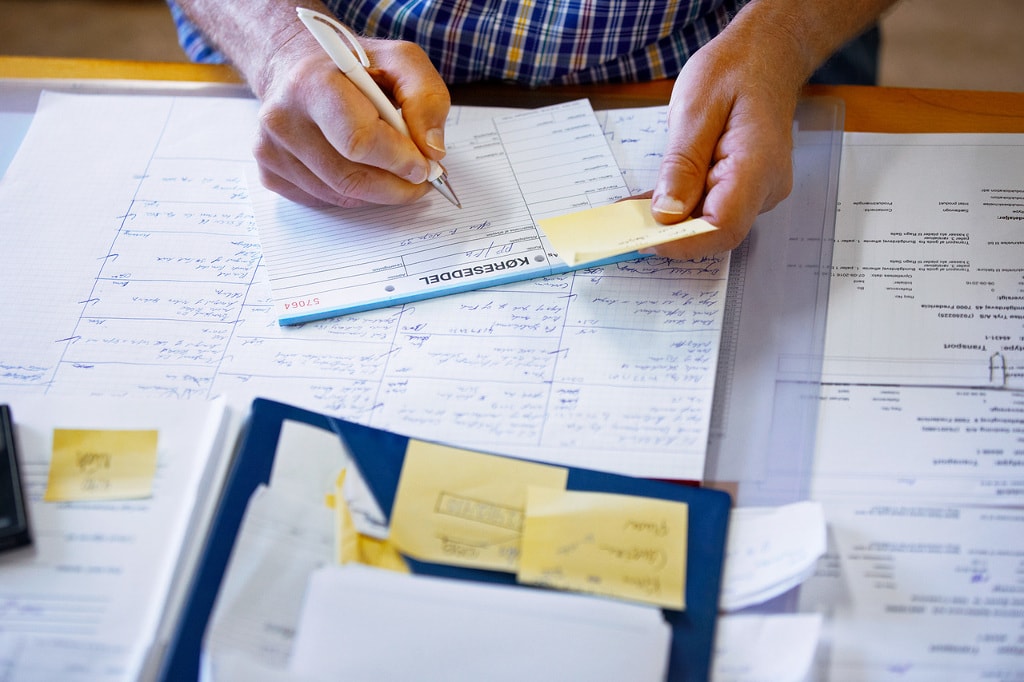ZIMSEC Commerce Notes: Invoices
- There are two main types of invoices:
- A proforma invoice and,
- ordinary invoices.
Proforma invoice
- Is a document in the form of an invoice.
- Is send by a supplier to a potential buyer.
- It may be used as a quotation.
- It shows terms of payment.
- It show quantities of goods/services.
- Is used when goods are send on approval.
- It shows unit prices, total prices as well as applicable discounts.
- It is used to apply for foreign currency. ( This no longer the case in Zimbabwe ever since the country adopted a multi currency regime.)
- It is used to request for payment before the goods are delivered or services are rendered.
Invoice
- It is a bill sent by a supplier of goods/services to a buyer.
- It summarises a single transaction.
- Is used as evidence of a contract of sale.
- It shows the details of the goods/services including:
- The unit prices of each good or service.
- The total prices for each category of goods/services.
- The quantities of goods/services supplied.
- The terms of payment including any applicable discounts.
- The description of goods/services for example the colour and size.
- The date on which the purchase was made.
- Any applicable Value Added Tax (VAT)
- The invoice number.
- Interest if any to be added on if a specific time passes.
- The names and addresses of the supplier and the buyer.
- Invoices are used for accounting purposes as an original source document when recording accounting transactions in the books of businesses.
- Sometimes includes the words ” Errors and Omissions Excepted) E&OE
N.B. The last phrase is used to counter the possibility that mistakes might have been made in the invoice/ any other document and that although the information, to the supplier’s best knowledge, is accurate the supplier will not be held accountable for any errors and omissions that might be in the document.
To access more topics go to the Commerce Notes page.



